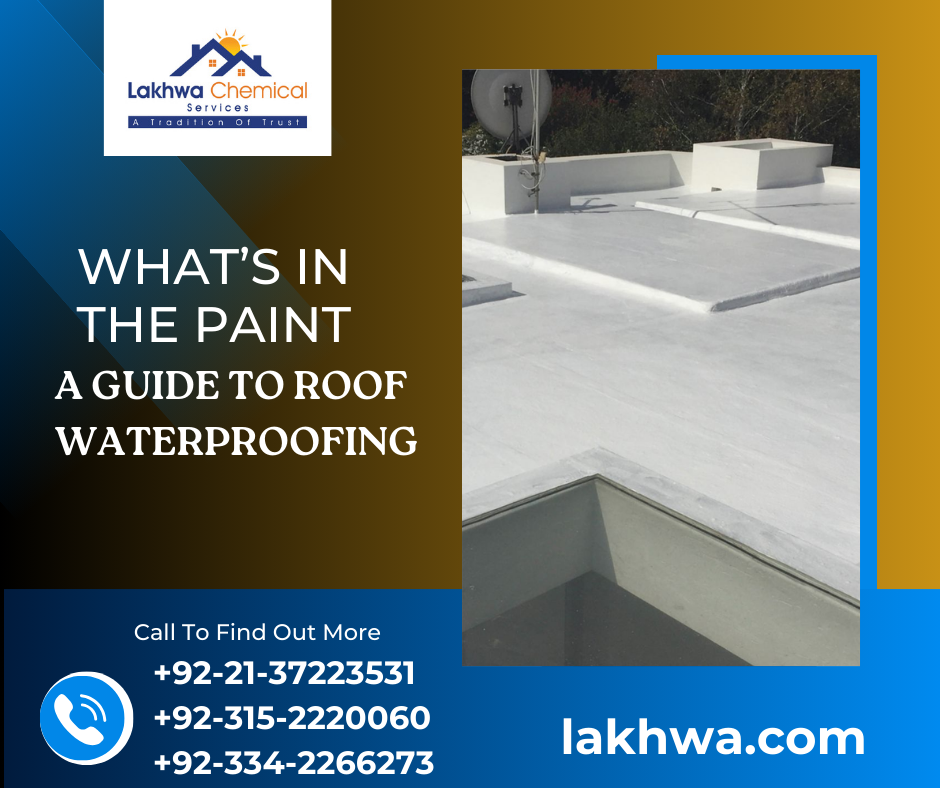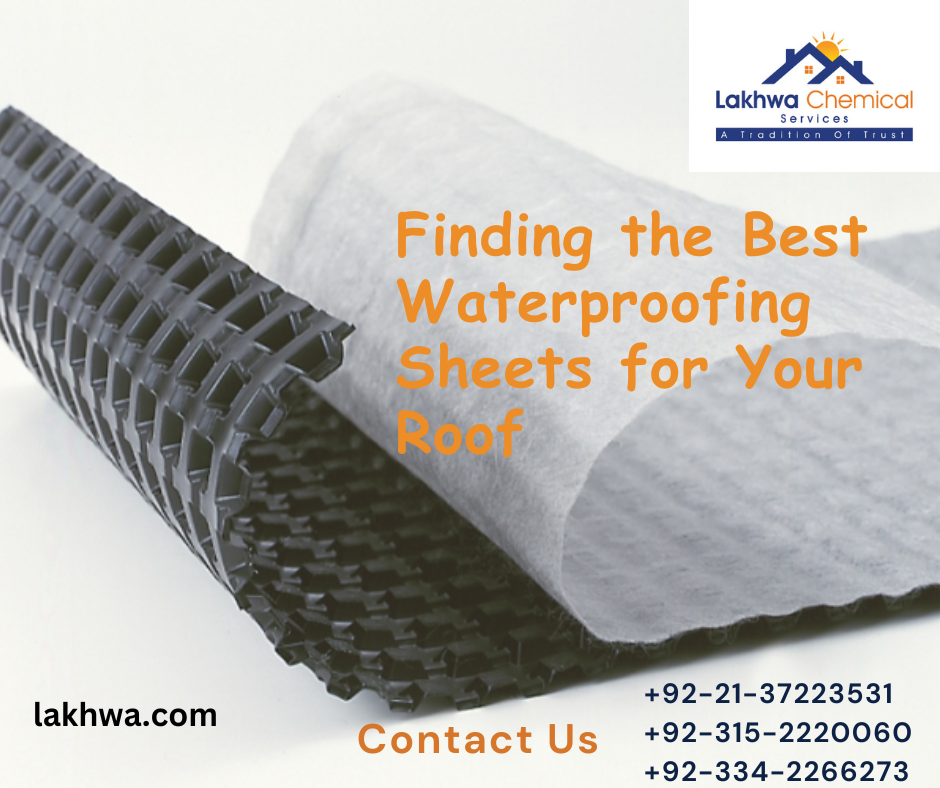Negative Side Waterproofing is necessary to understand when it comes to restricting moisture from entering structures. There are two main types:
- Negative Side Waterproofing
- Positive Side Waterproofing
Negative side waterproofing is a less popular approach than positive side waterproofing. It involves the application of a waterproofing membrane on the interior surface. Let’s examine its uses, benefits, and considerations.
Negative Waterproofing
Negative side waterproofing refers to applying waterproofing materials or membranes to the interior side of a structure, such as a basement or below-ground wall. While it is a cost-effective solution, negative side waterproofing does not fully address the underlying causes of water intrusion and leads to trapped moisture, potential mold growth, and long-term structural issues.
Read More
Who Should Avail Roof Cooling Paint in Karachi?
How to Find the Right Roof Cool Services in Pakistan?
Is it Possible to Apply Water and Heat Proofing at the same time?
Applications of Negative Waterproofing
-
Basements
Basements are vulnerable to water penetration. Erecting a barrier that stops water from penetrating the walls and causing structural damage, mold growth, or deterioration is pivotal; negative-side waterproofing is the best option.
-
Foundation walls
It’s hard to waterproof the inside side of foundation walls, particularly in regions with high water tables or frequent rainfall. Negative waterproofing lowers the possibility of hydrostatic pressure that can cause cracks and leaks.
-
Retaining walls
Retaining walls are used to keep back soil or water. By keeping the walls watertight, negative waterproofing stops water from penetrating and generating instability.
-
Underground structures
To avoid water incursion and damage to sensitive equipment, negative-side waterproofing is used in tunnels, underground parking garages, and utility vaults.
-
Historical structures
By minimizing water damage and maintaining the structural integrity of historical structures, negative waterproofing can help immensely.
Read More
How to Judge Companies that Handle Water and Heat Proofing in Karachi?
How Long Does it Take to Recover the Installation Cost of Roof Insulation?
Top Insulation Material for Roofs in Pakistan
Advantages of Negative Waterproofing
-
Cost-effectiveness
Waterproofing does not require excavation, a labor- and money-intensive procedure; it is more economical than positive side waterproofing.
-
Minimal disruption
Waterproofing can be completed from within the structure, as opposed to positive side waterproofing, which necessitates considerable work on the exterior. It causes less interruption to the building’s surrounding landscape, roadways, and other structures.
-
Accessibility
By waterproofing from the inside, maintenance and repairs are made easy. The waterproofing system can be easily accessed without the need for excavation.
-
Retrofitting capability
Waterproofing can be retrofitted onto existing structures without any adjustments or structural changes. It can be used for retrofit projects when positive side waterproofing may not be possible.
Considerations for Negative Waterproofing
There are several factors to keep in mind while considering negative side waterproofing for a building or structure:
-
Moisture control
It’s necessary to locate and deal with the building’s source of moisture before performing negative side waterproofing. If not, the waterproofing efforts can be compromised, providing insufficient defense against water incursion.
-
Material selection
The success of the negative waterproofing system depends on selecting the appropriate waterproofing materials. Factors like substrate’s kind, moisture levels, and anticipated water are taken into consideration.
-
Professional expertise
Negative waterproofing requires expertise in identifying the root cause of water infiltration and the proper waterproofing methods. Choose a qualified waterproofing contractor with experience in negative side waterproofing to achieve a long-lasting and efficient solution.
-
Maintenance and Inspections
Regular maintenance and inspections are essential for negative-side waterproofing system to remain effective for a long time. Use materials that show no signs of damage or rupture.
Conclusion
When traditional positive waterproofing is not feasible or cost-effective, negative waterproofing offers an efficient way to prevent structures from water intrusion. Negative waterproofing forms a barrier that keeps water from penetrating a structure’s interior, lowering the possibility of structural damage, mold growth, and deterioration.
To know more about the process, contact Waterproofing.pk and relish the experience.







